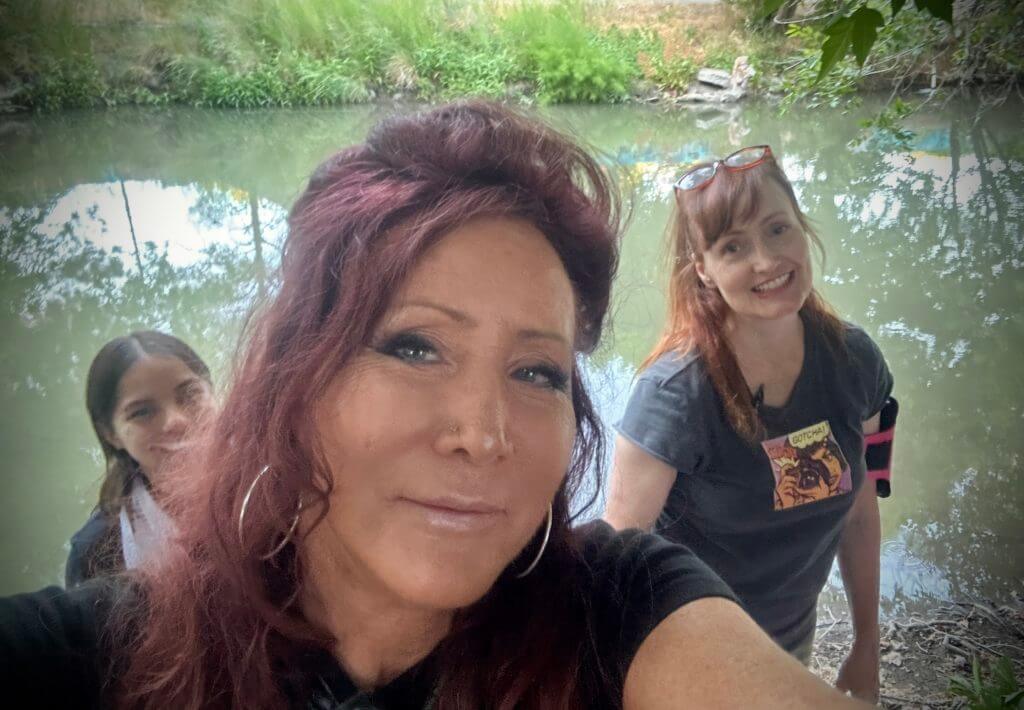OK, you booked the role! Awesome. Super great.
You must be very excited.
But now what?
You learn your lines. You show up on time to set. They do your hair and make-up, put you in a costume and then bring you to set and give you your BLOCKING.
I know it doesn’t sound like much. But it can be—and yes, I’m talking about the blocking.
What is blocking anyway?
It’s how you are directed to move around set in a scene.
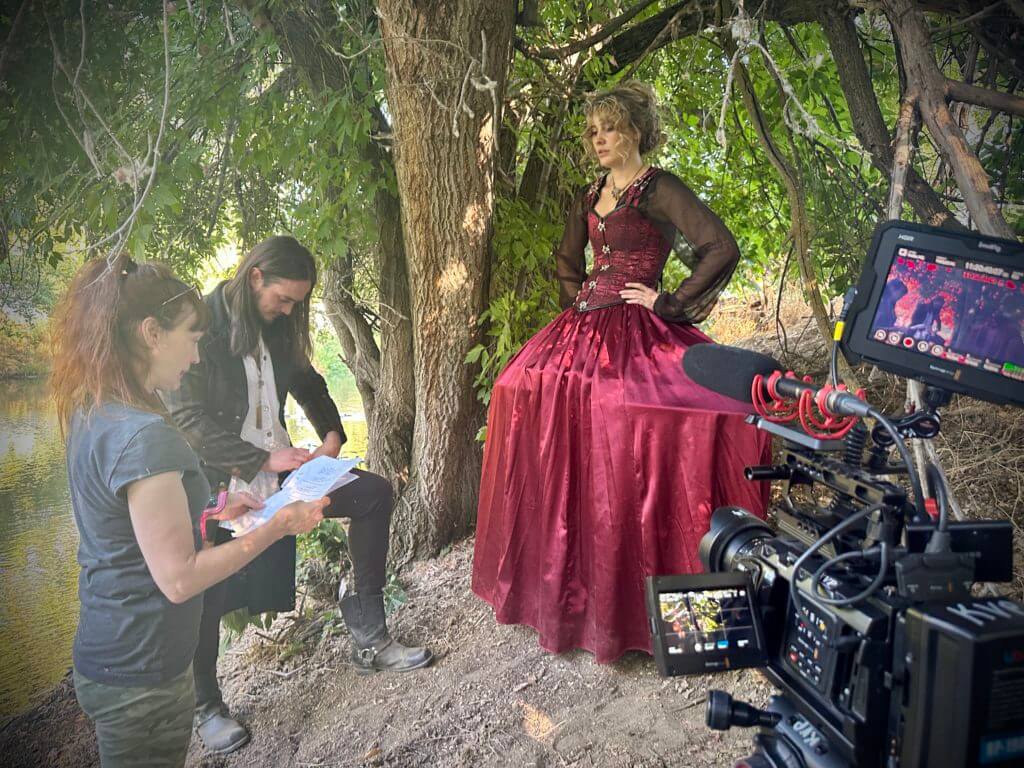
Example—the director gives you your blocking, telling you to enter through the set door and then walk over to the sink. On the line, “Why can’t I find anything around here?” which you say to your wife played by another actor, you’ll pick up the spatula in the sink. Five lines later you’ll put the spatula down and cross to the couch, snatch up the remote and turn on the TV. Then on the next beat, when you say, “Oh, forget about it! I’ll just make myself a sandwich,” you’ll get up, cross to the fridge, and open it, looking for some ham.
“OK, got it,” you’ll tell the director and boom—lights, camera, action! You’re going!
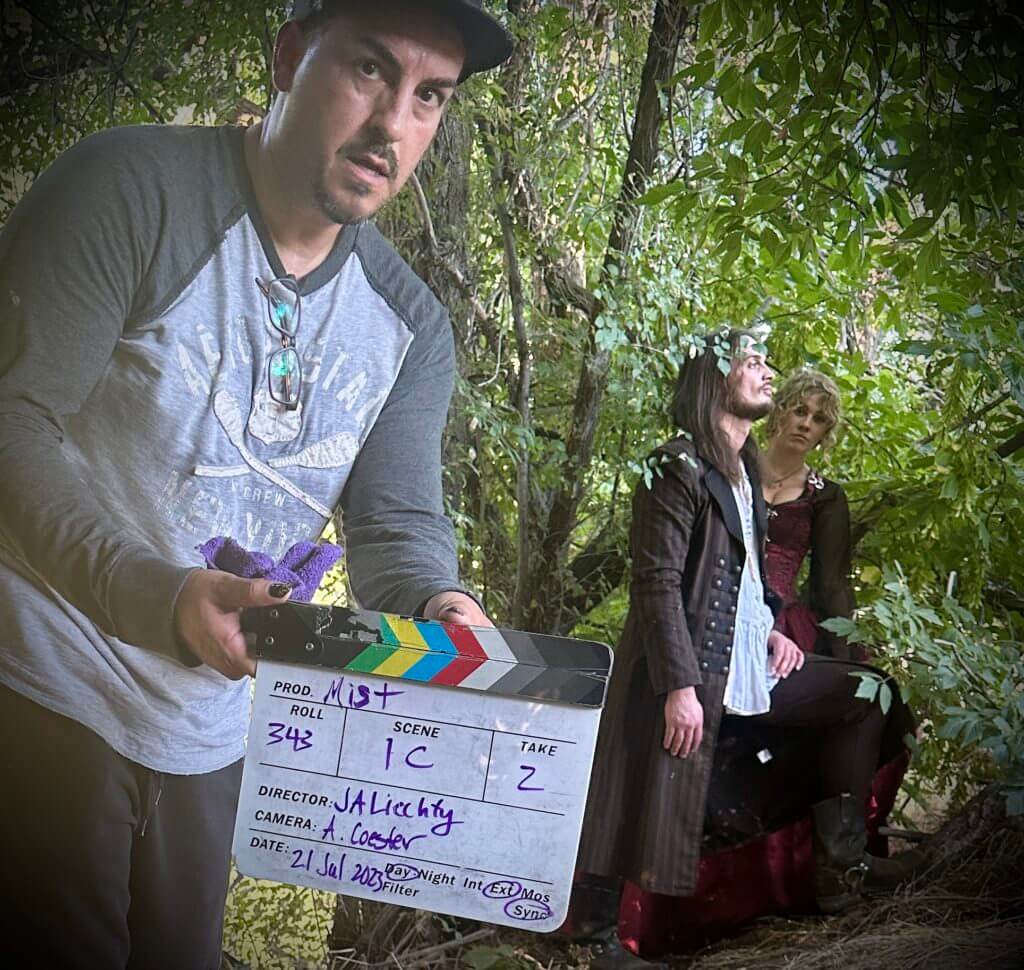
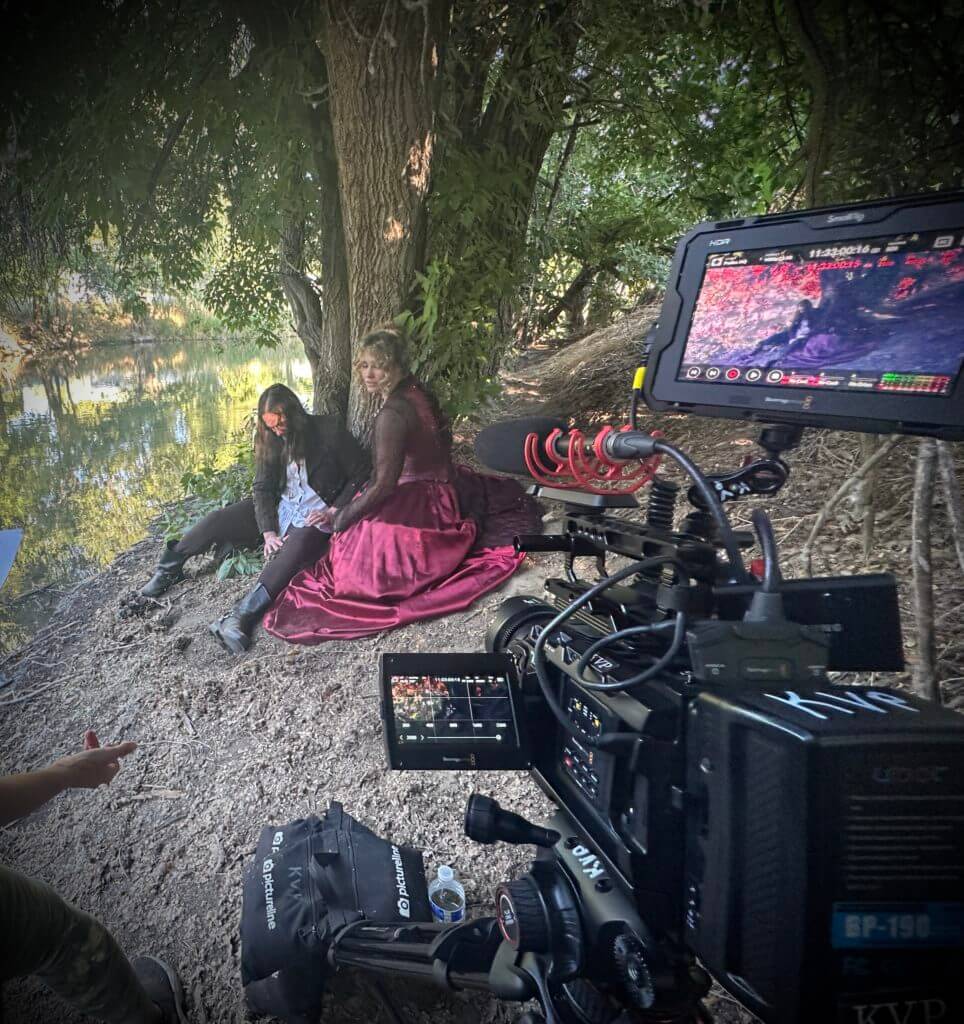
But suddenly you can’t remember your lines because now you’re walking around trying to hit your mark. And you’re not sure when you’re supposed to grab the spatula and when was it you crossed to the couch?
Your acting has gone out of the window! You can’t access your emotions or remotely remember your intention for the scene.
“What’s going on?” You ask yourself, feeling like a complete amateur.
Relax. You’re just dealing with blocking that’s all.
It’s actually really hard to move around and remember what your body is supposed to do and where you’re supposed to stand and which hand you used to pick up the spatula while you’re trying to act.
That’s why they take two to four weeks to rehearse a play. So people can get used to their blocking. But on a film set you only get two to four minutes, if that. And it leaves you feeling like you can’t walk and chew gum at the same time.
It takes coordination.
Which takes practice.
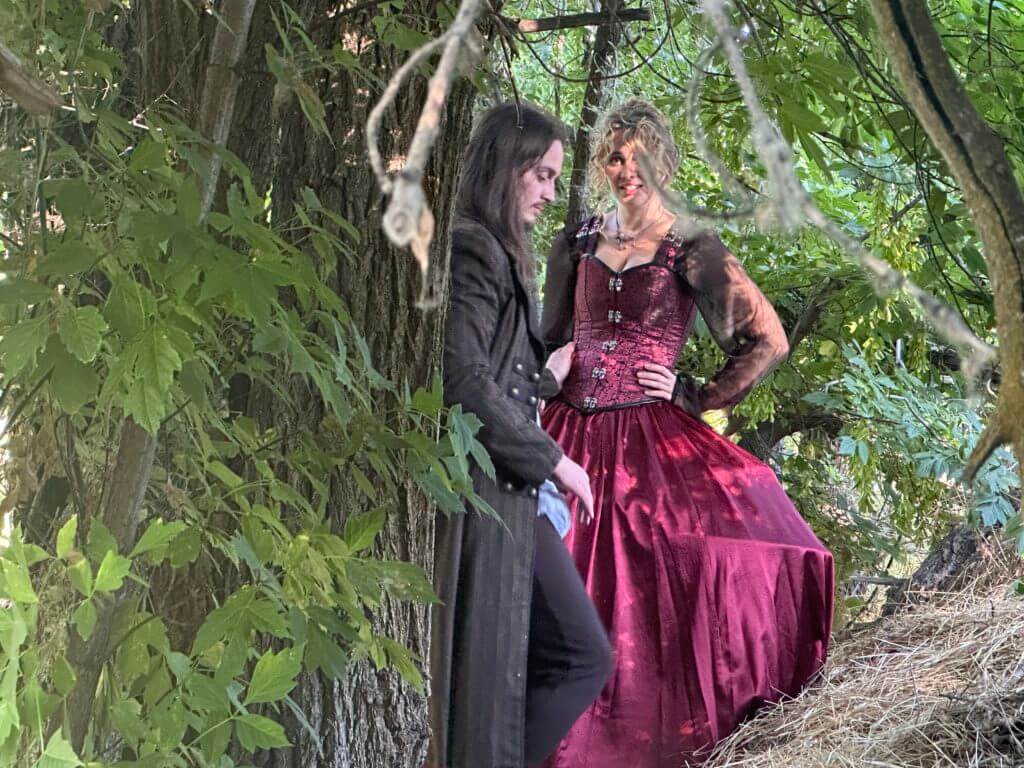
“Yeah, but how can I practice if I don’t even know what my blocking is until I get on set?” I hear you ask.
Here’s a few tips—and then we’ll talk about Lindsay and that dress . . . (see picture above)
1. Make sure you have a really strong acting process. One that won’t leave you the minute you get discombobulated on set.
2. Practice doing blocking with your scene before you go on set. Seriously. The night before or whatever, block the scene for yourself and then run it several times. Then re-block it a different way and run that. And re-block it again a few more times—so you don’t get your own blocking stuck in your head. That will get your body used to moving around while you say your lines, while you act.
3. In general, with your acting practice do some blocking. Just with a random scene or the one you’re working on in class. Block it and move around.
4. Try doing an activity when you are acting. This is not the same as blocking, but it will help with this a lot. Just pick an activity, something you can do with your hands like: shuffling cards, fixing something, drawing, counting pills, knitting, sewing on a button, stacking pebbles. Anything. And do the scene while doing the activity. You’ll be amazed at what it does.
And now to Lindsay’s dress.
We shot a short film the other day. A period piece. One of my students, Lindsay was in it, and not only did we have her in a period hoop skirt that dragged along the ground, but we also shot in a thicket of trees on the slope of a riverbed.
And there was a lot of blocking.
She and her co-star, Jordan, had to run along a tiny dirt path through the brambles while speaking their lines, slip by a tree, then Jordan is shot and falls to the ground. Lindsay has to then drop down beside him and try to assess his wounds, all the while convincing us they are lovers running from a mob with dogs on the hunt for them.
We were going for kind of an Outlander vibe.
It was hard! Super hard to pull this off. The dress alone made Lindsay have a difficult time staying in the moment, saying her lines, and behaving like a believable human being.
But it did get easier—around take ten. And that’s when we started to get real, nuanced performances.
There isn’t a lot of opportunity to practice dealing with blocking on set, dealing with staying in the moment while wearing an outrageous costume or speaking differently than you’re used to. It usually just happens once you book a job and get your feet put to the fire.
Unless you take it into your own hands and practice yourself. Yes, I’m talking about shooting your own stuff. Putting yourself on your own set and working out the kinks there. I suggest writing something or finding a practice script. Get your film buddies together and shoot it. Who knows, maybe it will even turn into something that you could use for a clip. Film is a collaborative art form, we do it together. So everyone gets to practice, DP’s, crew, sound person, actors, director.
You may not make great art the first time or so that you try this, but at lease you’ll learn a lot and have a ton of fun.
So take my suggestion, get yourself on set before you have Steven Spielberg standing in front of you giving direction.
You got this!
